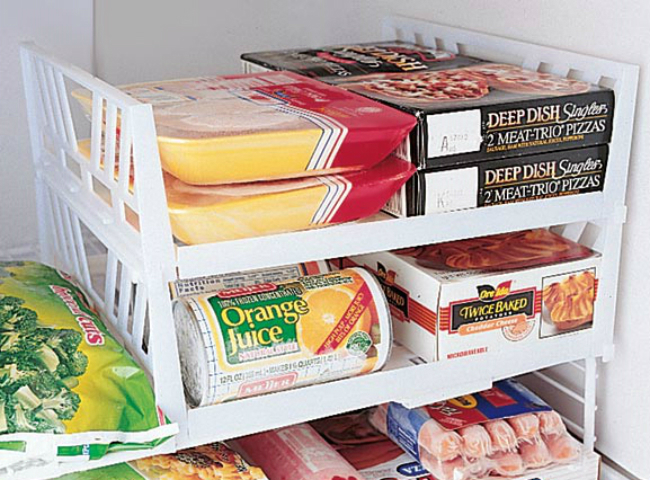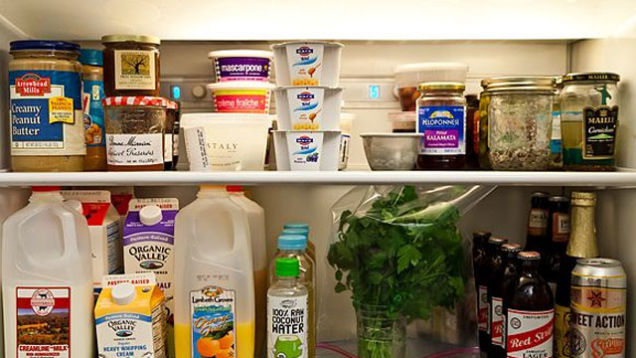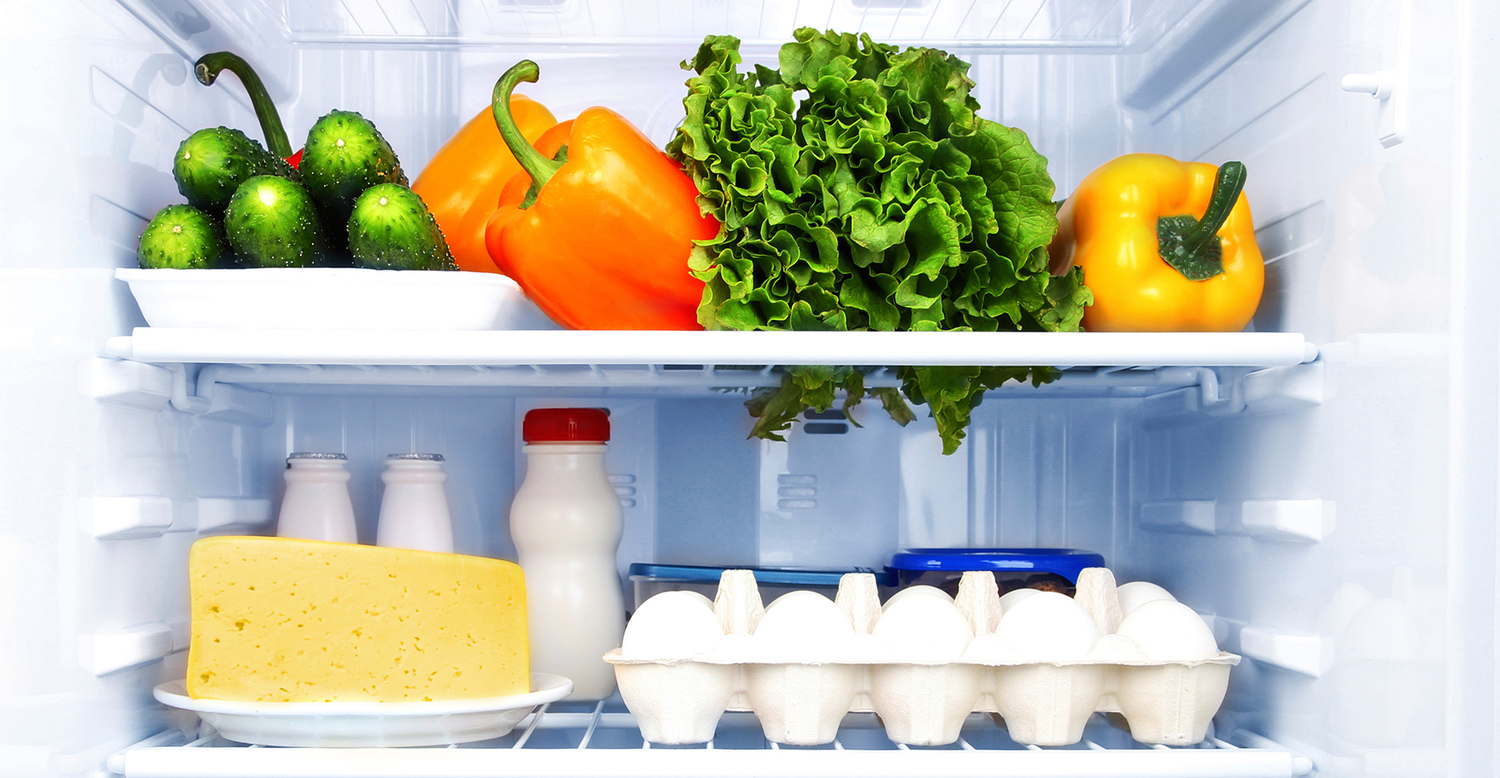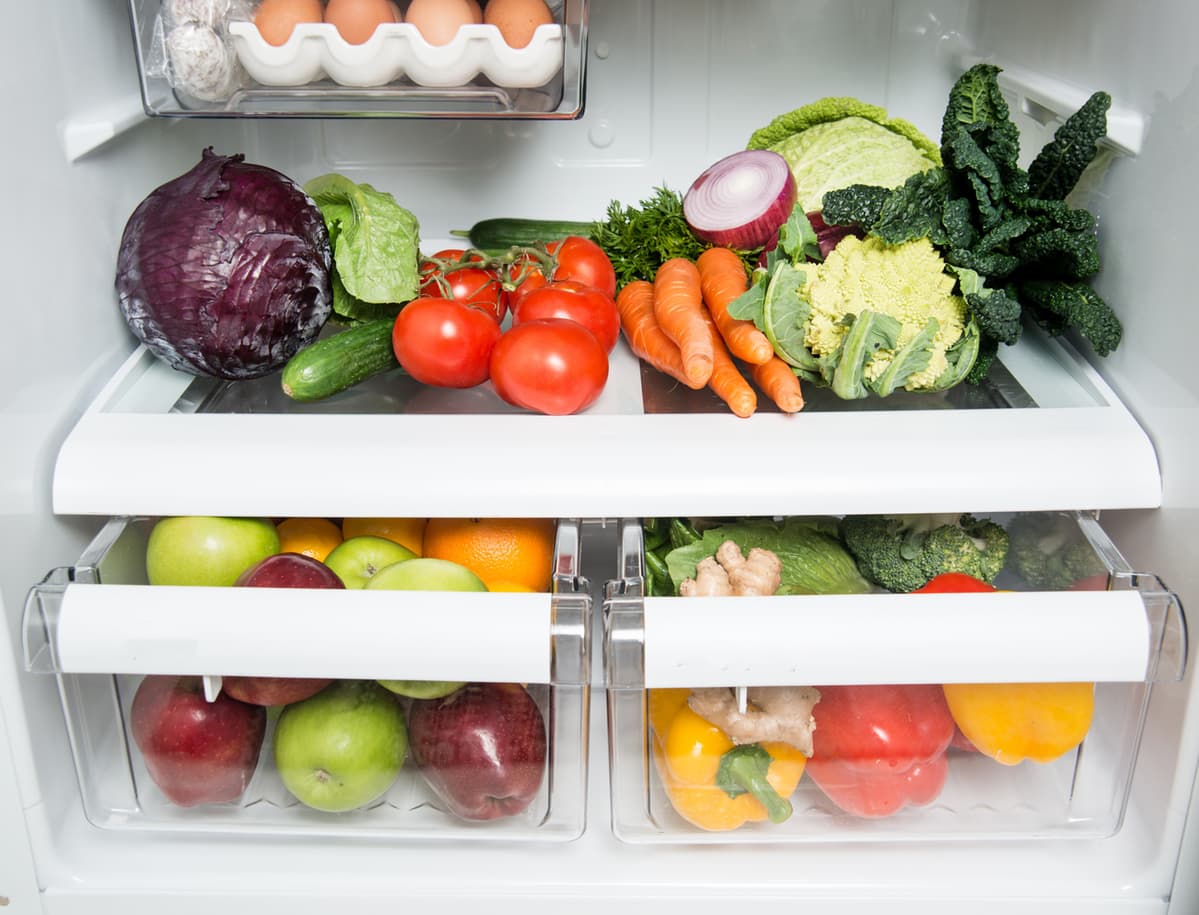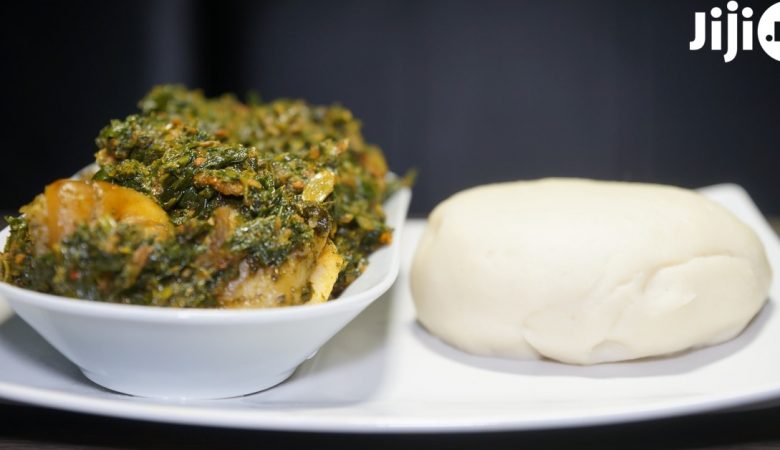A fridge is an essential device that can be found in most modern kitchen. Fridges differ in size, functionality, and price, but the one thing every fridge owner should do is maintain their neat and clean state. A fridge that is kept in order not only works better and requires less repairs, but also stores the produce more effectively and lets you easily locate the necessary items. Note that the temperature in various parts of the fridge can be different, which is why different products need to have different designated areas. Here are a few tips for organizing your fridge.
Freezer
There is no better solution for long-term storage of dozens of different products, from meats to dough, than a freezer, that can be either a separate unit or a built-in fridge compartment. There are no particular requirements for the different areas of the freezer; the most important tip is that everything needs to be stored in see-through containers or plastic bags designed specifically for use in a freezer. Labeling foods with stickers is also a great way of knowing what exactly you have in your freezer, but don’t forget to write the date the food was packed, so that you know its expiration date.
Upper shelves
The upper shelves of your fridge are not the coldest ones, but they are the best at maintaining consistent temperatures. The general tip for utilizing the upper shelves is to use them for foods that don’t require further cooking – for example, some dairy products like yoghurts and cheese, and leftovers. If you’ve bought a ready meal at the supermarket or restaurant and are planning to simply reheat it for dinner, place it on the upper shelf as well – there it will be stored at the right temperature for as long as you need.
Lower shelves
The temperature on the lowest shelves in your fridge is the lowest, which is an ideal environment for storing the most temperature-sensitive foods, like raw meat and seafood, most types of dairy, and eggs. Some fridges have special areas for storing eggs in the door, but often the doors aren’t cold enough for long-term egg storage, so you either have to find a new area for eggs, or buy 5-10 eggs at a time. As for the meat and seafood, it should have a separate place in your fridge and needs to be kept in its original packaging, as bacteria from raw meat spreads very quickly and you don’t want it near your dairy or other products.
Drawers
Originally, fridge drawers are designed for storing fruits and vegetables, since closed spaces help fresh produce keep its moisture and crispiness. However, there are a few rules to remember. First, separate your fruits and veggies, as many fruits contain ethylene, a gas that quickly ripens other produce. Second, don’t wash the vegetables and fruits before putting them into the drawer – it’s better to wash them directly before cooking or serving. And third, if there are any quickly spoiling products like berries, don’t put them into the drawer, where they can be easily forgotten about – better place them on the upper shelves, where they have a better chance of being noticed and eaten.
Doors
Compared to the other parts of the fridge, doors have the lowest temperature, which is why they should mostly be used for storing the least temperature-sensitive products like drinks, pet food, and various condiments. You can also use door drawers for storing medicine or some types of skincare products and makeup.
Buy all kinds of home appliances from Jiji

